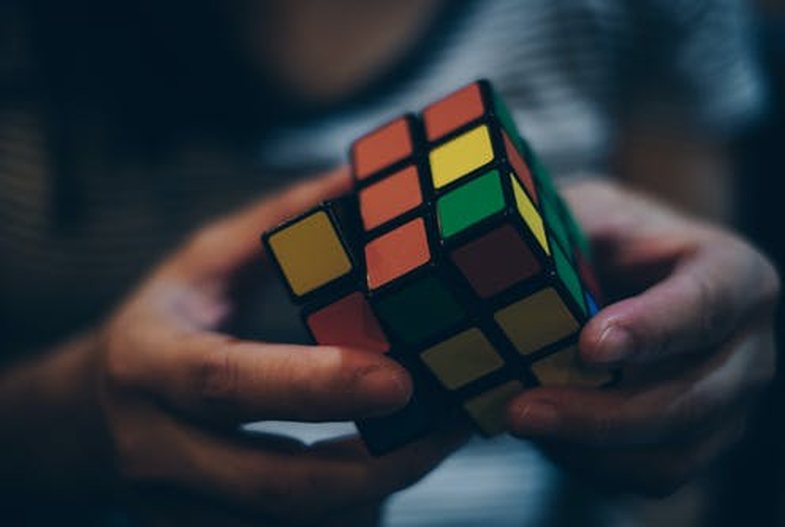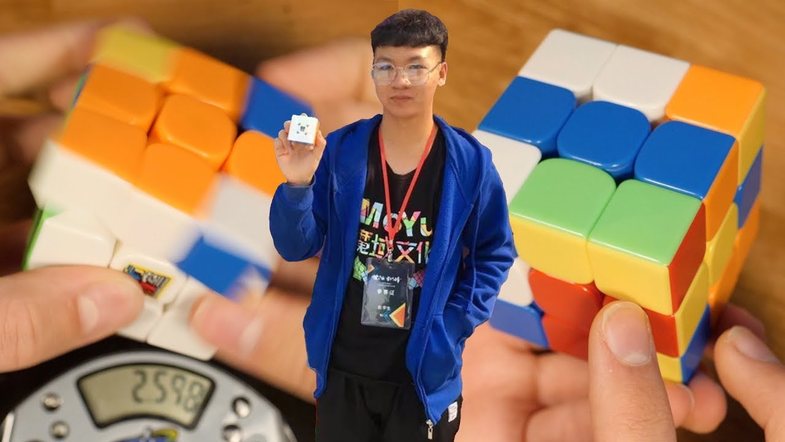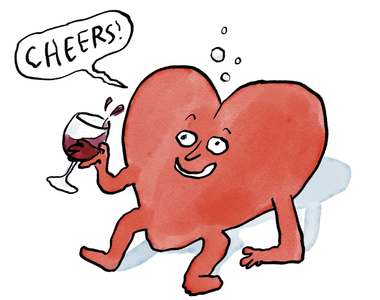
The Rubik's Cube was invented in 1974 by Hungarian sculptor and professor of architecture Ern? Rubik to help students learn the spatial dimensions. Originally called the Magic Cube while in 1980 it came on the market as a toy becoming one of the best-selling toys of all time. However, most people do not solve the Rubik's Cube and end up giving up. The exact number of people who can solve it is not known, but it is thought to be around 6% of the world's population.

The "enigma" of the cube can be solved with a few movements. The world record for the fastest solution belongs to Yusheng Du, from China, who in November 2018, combined the colors of all the sides of the cube in just 3.47 seconds. You probably won’t beat Yusheng Du's record, but you will have other benefits.
Improves memory
Solving the cube improves muscle memory. This is the part of the brain that remembers lessons after repetition. Activities that use muscle memory include typing on the keyboard, entering PIN numbers, playing the piano, martial arts, and even cycling.
Improves reflexes
Games like Rubik's Cube develop sharp reflexes and incredible eye coordination. These reflexes help you visually identify items, read faster, and better notice colors.
Improves problem solving
Jeta ka të bëjë me zgjidhjen e problemeve. Baza për këtë aftësi është ndarja e një çështjeje në pjesë më të vogla dhe adresimi i secilës çështje një nga një. Me mbi 43 mundësi lëvizjesh për t’u përdredhur dhe kthyer, Kubi i Rubikut mund të mendohet si një mini-univers plastik. Kur uleni dhe zgjidhni enigmën, duhet të përqendroheni dhe të ktheni secilën pjesë, ndërsa kuptoni se çdo kthesë ndikon te lëvizjet pasuese.
Përmirëson durimin
Mësohuni! Kjo Kubi i Rubikut kërkon këmbëngulje. Mund të duhen orë për t’u zgjidhur.
Përmirëson përqendrimin
When choosing a Rubik's Cube, you need to focus. During its resolution, brain cells remain activated. The cube also improves cognitive mapping skills of the brain. The cube is an example of what is called a configuration problem, the most well-known example of which involves finding the most efficient way to rearrange stacked boxes in a repository.
How to choose? Well, you have to try it yourself. Instead, watch the video:

- Test: If you solve these puzzles for 5 minutes, call yourself a genius
- Test: What does the way you hold the steering wheel mean to you?
- Test: Find out what to read, based on what worries you about politics
- Test: Can you find the letters differently in these figures, in 10 seconds?
- Test: Can you solve this crime scene, seeing the details in the picture?
Burimet: Psychology Today, GoodNet







